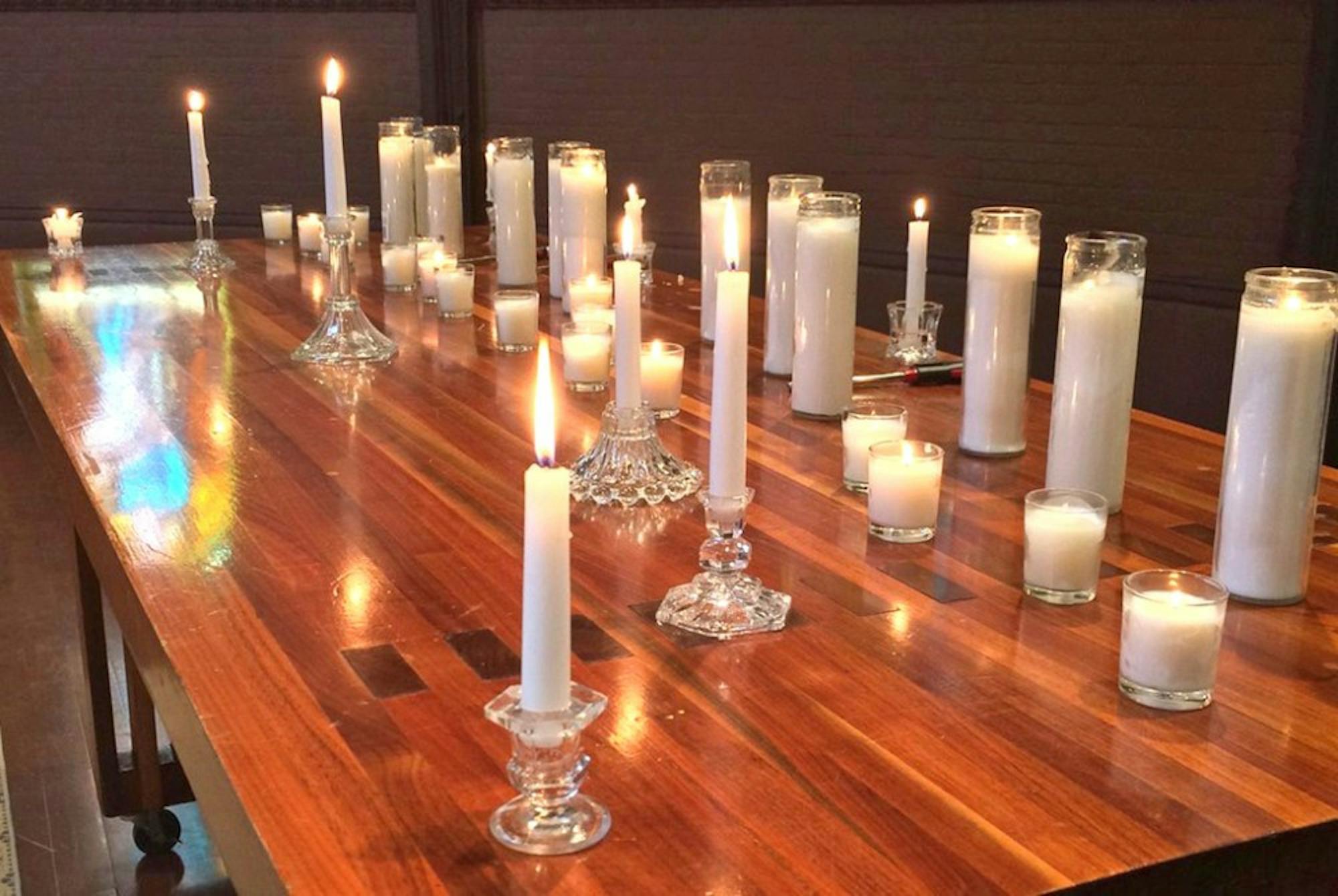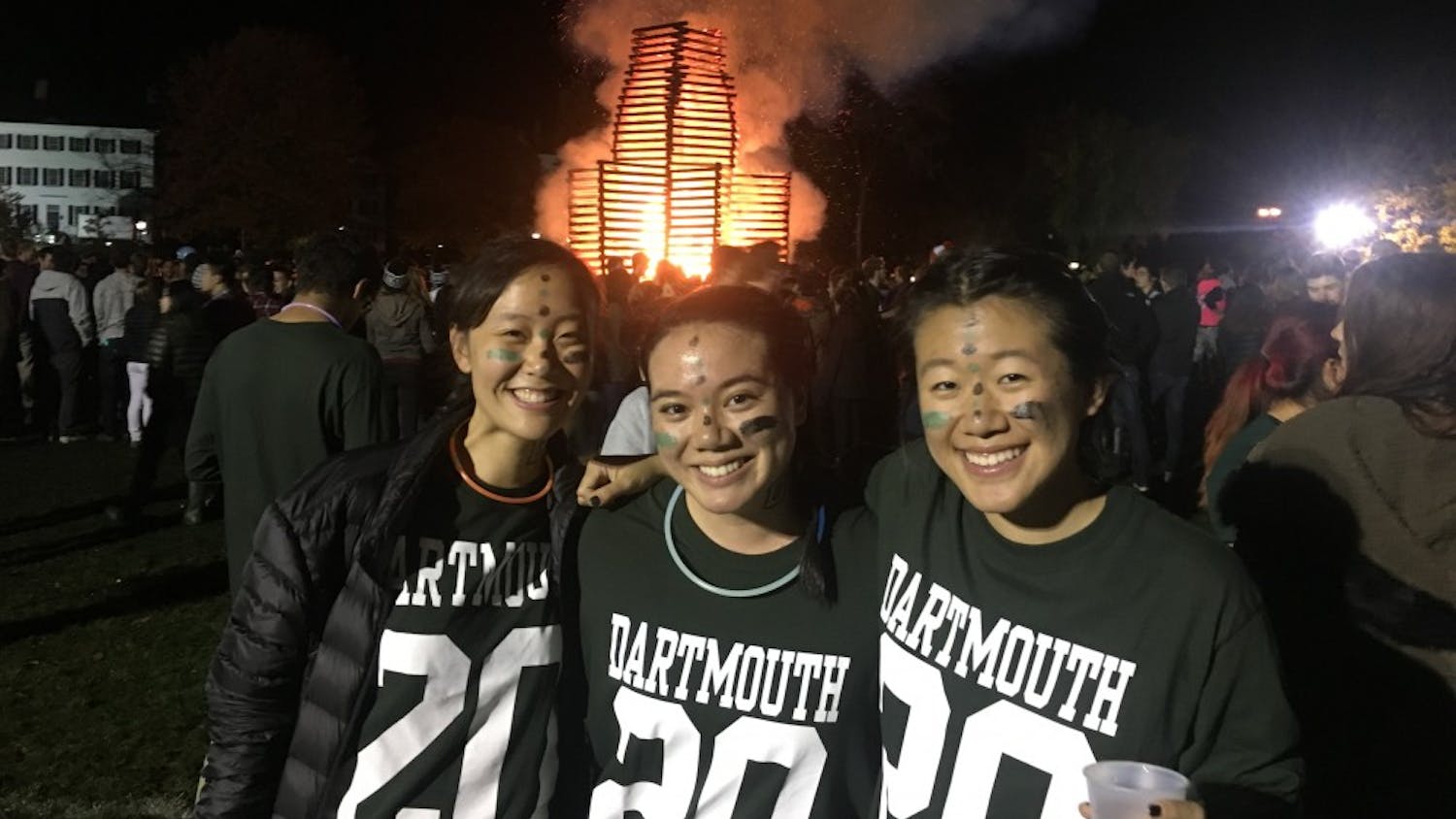While technology and computer simulations have become more efficacious in modeling the human body, many medical schools continue the tradition of using human cadavers for anatomical instruction. Dartmouth’s Geisel School of Medicine is just one of the schools that continue to place value on cadaver-based teaching, and each spring, Geisel’s Anatomical Gifts Program conducts a memorial service honoring the anatomical donors whose bodies are used in the first-year anatomy class.
According to director of the anatomy laboratory James Reed, Geisel first-years take three terms of anatomy before they finish the first year, working in small groups on one cadaver throughout that time. Reed said that using human bodies to teach anatomy is the “best way to teach the subject,” as it allows students to examine normal human variation — something that simulations have yet to truly emulate. He said that it is important for students to know not only the standard structures of the human body, but also whether a deviation from that standard structure is actually normal human variation or pathology, which is best learned by interacting with actual bodies.
The Anatomical Gifts Program, overseen by Geisel’s Department of Anatomy, receives applications from donors who reside and die in New Hampshire and Vermont to be included in the anatomical lab, according to Reed. There are 1,600 bodies in Geisel’s program currently, and the average age of the donors at death is in the mid 80s, though the donors may be as young as 21 as long as they die of natural causes. The program requires that donors’ bodies be intact — namely, that they do not die of traumatic accident or have an autopsy post-death — and do not have infectious or rare diseases. In addition, because Reed and Anatomical Gifts Program administrative director Hanna Riendeau embalm the bodies, the donors must not have had vascular issues and circular diseases or have undergone recent surgeries. Reed said that in order to protect the dignity of the donors, anatomical tissue is not transported outside the facility once they arrive.
Reed said that most donors participate in the program for “altruistic reasons,” such as giving back to Dartmouth. The program has accepted Dartmouth alumni, former professors and former doctors from Dartmouth-Hitchcock Hospital and Veteran’s Affairs in the past. This year, Reed said there was a high number of local people who signed up to be in the program, exemplifying how strong the Dartmouth-Upper Valley connection is. He noted that this strong connection is one reason why Geisel has not had to outsource for cadavers very often.
Briana Goddard Med’20, who interviewed donors’ families in preparation for the memorial service, said that many said the donors had “a love of education” and wanted to help contribute to medical education.
Diana Funk Med’20 said that knowing that the people who are in the program truly “wanted to be there” was what allowed her to overcome the initial shock of working on a human body.
“That was really [a] meaningful sentiment that I think helped a lot of people through their initial fear and grief: knowing that every single one of them wanted to be there to teach us,” she said.
John Damianos ’16 Med’20 agreed that he had to strike a balance between respecting the humanity of the donors — who may still have living family members — and being cognizant that the donors made “the conscious decision to be teachers even after death.” Damianos said that knowing the donors desired to be used for the purpose of teaching allowed him to avoid being “too gingerly” in dissecting the bodies.
He added that the medical school made a concerted effort to put the cadaver-based instruction into perspective, especially as it fits into the larger medical journey, through sessions on the psychology of illness and a panel on the anatomical donations. The panel included a retired Geisel faculty member whose body will be donated to the Anatomical Gifts Program once he dies.
During the panel, Damianos said it was impressed upon him and his peers that the donor is their “first patient,” that the body is not just cells, tissues and organs to dissect, but a person with scars and tattoos, and whose brains were formed by the memories and experiences they had in their lifetime. According to Riendeau, students are given the names of the donors as well as a brief background, which gives students context for their subjects.
Damianos said incorporating the different bio-psycho-social factors of the patient into the class emphasized that medicine is a humanistic science. Furthermore, he said that the class has changed his view on medicine in the pedagogical realm.
“Pre-med education trains you to think that medicine is a science, but it’s really not — there’s science in medicine and there’s biomedical sciences, but medicine in itself is an art and a practice. When you look at pre-med education curriculum, you don’t see that,” he said. “[In organic chemistry there is] always an answer, [and in] cell [biology] there’s always an answer. But the one remarkable thing about anatomy is that each body is different.”
Funk added that working on human bodies has demonstrated that much of the study of medicine relies on what is handed down from person to person, whether that be information or tangible bodies. She said that knowing that this is the type of scheme that she and her peers are a part of made her “feel connected” to the people who came before and after her. She also said she realized the importance of actually touching and feeling body parts in studying medicine.
Damianos echoed a similar statement, saying that holding a brain in his hands was the most impactful part of the process.
“To actually hold a human brain in my hands — this is the brain that is formed by this person’s experiences and emotions, this brain enabled them to speak, enabled them to love, enabled them to cry — that just blew my mind,” he said.
To commemorate the impact the donors have had on the students’ studies and medical journeys, and to meet the families of the donors, first-year students plan and conduct a memorial service each year. Funk and Goddard are preparing reflections from families of donors and students, and Damianos will perform with the a cappella group the Dermatones, along with other student performers at the service.
Reed said that the group extends invitations to everyone who has been in the lab throughout the year in order to express the gratitude of the entire community to the donors’ families.
He also said that this service provides closure for the families that have been delayed for up to two years, given that they do not bury their loved one as most people do.
“It’s not the typical end-of-life procedure; you’re not triggering what would be considered the societal norm of having a large funeral with a casket,” Reed said.
Through the reflections, Funk said she and her peers hope to juxtapose students’ reflections on what the learning experience meant to them with who the donors were in their lifetimes and how excited they were to be a part of the program. She said that knowing that every person in the program had specifically intended their bodies not just to go to science, but also to the Geisel anatomy program in particular, was meaningful.
“Hopefully, [this] will bring together the families and the students in a way that they can be mutually grateful for each other,” Funk said.
The Anatomical Gifts Program will hold its service at Rollins Chapel on May 25 at 5 p.m. The event is open to the entire Dartmouth community.
Correction appended (Oct. 25, 2019): This article has been edited to remove euphemisms for death as per The Dartmouth’s style guidelines.



